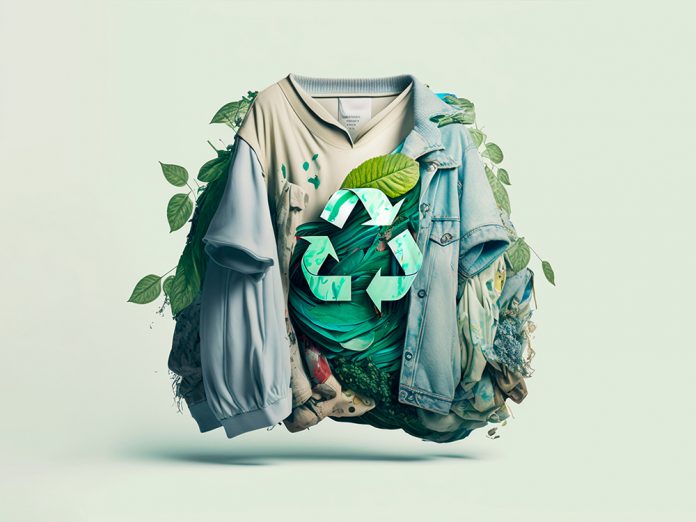Fast fashion has literally turned into a mountain of global waste. Tim Cross, CEO and founder of The Circular Textiles Foundation, discusses how technology is key to solving the crisis.
The apparel and textile industry are facing important changes, ranging from further regulatory development to new reporting standards that will come into force in the coming years.
Countries are developing strategies to advance the circular economy and support the public on the path to decarbonising the global economy, as textile waste has rapidly become one of the biggest challenges to environmental sustainability around the world.
The sector has the fourth largest carbon footprint on the planet and clothing waste is a rising issue in the UK, with households buying more year on year. Figures suggest that textiles and fashion are responsible for between 4% and 8% of global greenhouse gas emissions.
According to a survey by the climate NGO Wrap, 336,000 tonnes of clothing were discarded in household waste in the UK in 2017. Consider all the resources and energy that went into making these clothes that are now going to waste. From that, 80% is incinerated, causing additional pollution.
The circular economy is the future of fashion, and in recent years start-ups and small businesses have been at the forefront of developing solutions to make this reality. Across the world, people are buying, wearing, using and disposing of clothes at an ever-increasing rate. As the world’s population grows, so does the demand for textiles to clothe them.
But although the environmental and economic benefits of circular economy models are well known and brands have recognised their potential, many companies still struggle to implement them. Currently, less than 1% of the materials used to make clothing are recycled back into new clothing. An important part of the problem is related to the materials from which our clothes are made, as fabrics are complex combinations of fibres, closures (such as zips and loops) and accessories, making them very complicated to recycle.
The use of recycling technologies is also hindered by the fact that brands often don’t understand how to use these technologies because they don’t have the resources to understand the parameters and stay up to date.
The Circular Textiles Foundation (CTF) is supporting emerging fibre-to-fibre recycling technologies by guiding brands and manufacturers on how to ensure clothing and textiles are designed to be a suitable feedstock for recycling. We work to translate recyclers’ parameters into circular design principles, and support brands to apply suitable principles to the most suitable garments, to ensure clothing can be recycled at end of life swiftly and effectively.
With technology outpacing infrastructure, the QR code system is an important part of our solution at the CTF. The unique QR code developed by the CTF, printed on the care label of certified recyclable garments, can be scanned by the wearer of the garment to tell them the story of the garment, reconnect them with the brand and allow them to participate in the circular journey of the garment.
Life Cycle Assessments are currently being carried out by many companies, universities and professional bodies to allow us to understand the benefits of circularity and use these figures to calculate carbon footprint savings and track our data. As an indicator, according to a study by Inexter, reusing 1kg of clothing saves 25kg of CO2.
Once the work of the Circular Textiles Foundation is scaled up, and designing for recycling becomes commonplace, just imagine what could be achieved. As we embrace the circular economy, fibre-to-fibre technologies can be scaled up, recycled textiles will be abundant and available to everyone, and our overall impact can be drastically reduced.
The fashion industry is undergoing a transformation, and everyone needs to be part of changing the face of the industry forever. Circular fashion is the key to unveiling the best of what the fashion industry has to offer.



